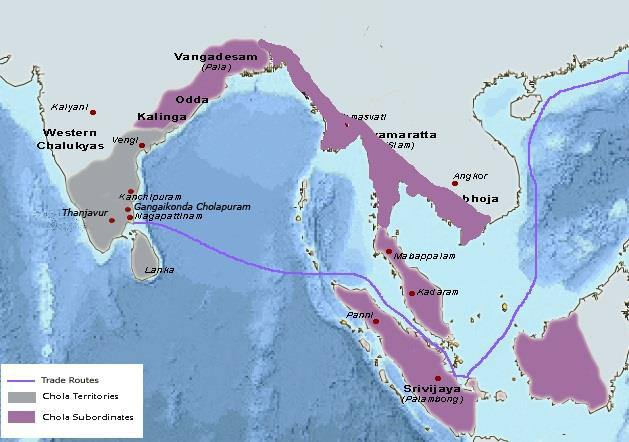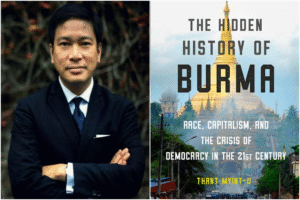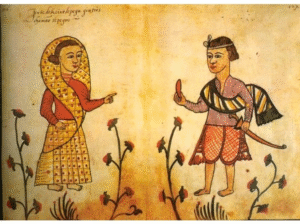By MMNN Editorial Team
2500 years ago, during Buddha’s time, Lower Burma and Rakhine were under India. And for about 150 yrs as a British colony, Burma was under India.
Just consider why did Buddha called his native country as Mizzima or central region. He had already known the Arakan as the eastern part of his native land or Indian subcontinent. Rakhine/Pyu/Mons were influenced by Gupta area. Look at the map from that Gupta.Rakhine and lower Burma was under them.
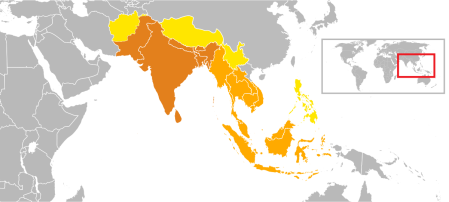
Before colonial codification and modern legal systems, Myanmar (Burma) was governed by a set of traditional laws called the Dhammathat (ဝါရီရူး ဓမ္မသတ်). These legal texts represent one of the most important inheritances from the Indian cultural and religious influence that swept across Southeast Asia more than a millennium ago.
What is Dhammathat?
The word “Dhammathat” is derived from the Pāli term Dhammasattha, meaning a “treatise on the law” (dhamma = law, sattha = instruction). These laws were influenced by the Indian Dharmaśāstra literature but were also adapted into the local Buddhist worldview of the Theravāda tradition. In Myanmar, Dhammathats were written in Pāli, Mon, Burmese, and Tai languages, often in bilingual formats.
Origin and Development in Myanmar
Although some Dhammathats may have existed earlier, the earliest documented evidence appears in a Burmese inscription from 13th century Pagan (Bagan). Over the centuries, several versions were compiled, reflecting the dynastic transitions and regional adaptations.
Major Dhammathats in Burmese History:
- Manu Dhammathat (Pagan Dynasty)
- Dhammavisala Dhammathat (Pagan)
- Waru Dhammathat (1270)
- Pasedha Dhammathat (1468)
- Dhammathat Kyaw (1581)
- Pyanchi Dhammathat (1614)
- Myingun Dhammathat (1650)
These texts regulated marriage, inheritance, property rights, slavery, assault, and royal duties, among other things.
Wareru and the First Compilation of Burmese Law
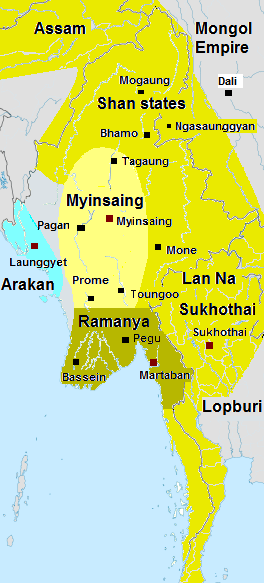
Sourse: Wikipedia. Hybernator – Burma circa 1310 showing Myinsaing Kingdom, Ramanya, Arakan and the Tai-Shan realm Based on map in Lieberman (2003), p. 26
A key figure in the development of the Dhammathat tradition was King Wareru (1253–1307), founder of the Hanthawaddy Kingdom. Of Mon and Shan descent, Wareru rose to power after the fall of the Pagan Empire and commissioned Mon scholars to compile a formal legal code. This became known as the Code of Wareru, forming the foundation of Burmese customary law.
Wareru’s initiative was significant not only for legal history but also for illustrating the Mon and Indian intellectual contributions to Myanmar’s legal culture. The Wareru Dhammathat continues to influence Burmese family and inheritance law to this day.

Sourse: Wikipedia. Hybernator – Mongol invasions of Burma/Myanmar (1277–87)
Lasting Impact
Even today, Dhammathat principles remain embedded in certain aspects of Myanmar’s legal practices, especially in family and inheritance matters, alongside the British colonial and modern post-independence legal codes.
The Dhammathat is not just a set of laws—it is a bridge connecting Myanmar to the broader Indian and Buddhist cultural world, affirming its place in the ancient legal and moral universe of Asia.
